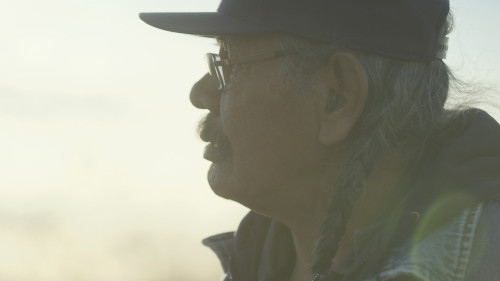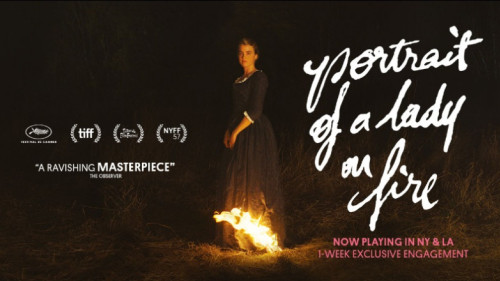Volume 19, Issue 7 / July 2015
Viewing Habits
In this issue
-
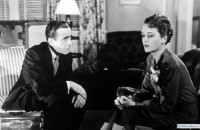
The Maltese Falcon and the Case of the Mystery Square
and other things lurking in the background
-

Nanarophelia and the danger of praising the mediocre
Losing Our Standards
-
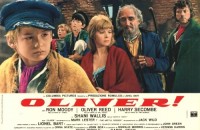
London Made Me: Personal History, Film History and My Home Town
-
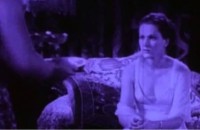
The Subject Was Rose
Joseph Cornell and Rose Hobart
-

Beautiful Light, Vibrant Things, Speaking Minds: Terrence Malick’s To the Wonder
Faith is tested in Malick’s film of love and spiritual devotion, To the Wonder
In this issue there is a loose connection between the first four essays tangentially linked in broad strokes, around notions of film viewing habits. From immersive viewing to obsessive viewership, from cult cinema to bad cinema to bad cinema (East of Borneo) made great (Joseph Cornell’s Rose Hobart). My own essays kicks starts the proceedings by poking around on the back walls of the classic film noir Maltese Falcon, discovering squares, and other details, that may or may not mean something beyond their surface texture. Simon Laperrière cautions against the growing trend among young cine-viewers of exuberantly championing films for their ineptitude rather than greatness. While on the surface this ‘so bad its great’ aesthetic can be a heap of communal fun, in the right spirit, Laperrière wonders whether it will lead to a generation of film viewers unable or untrained to appreciate true cinematic greatness? Frequent Offscreen contributor Paul W. Salmon gifts us with a personal recounting of the childhood cinematic events that shaped his mature cinephilia. Elaine Lennon gives us a tantalizing glimpse into an enchanting pairing made in Hollywood Heaven, the Hollywood bit part player Rose Hobart, and the idiosyncratic American artist, Joseph Cornell, who immortalized her when he savaged her jungle adventure B film East of Borneo into a found footage marvel, Rose Hobart. Rounding out the issue is a fifth essay not directly related to the issue’s theme of viewing habits, but relevant nonetheless when one considers the unorthodox viewing habits required of Terrence Malick’s films. Malick’s films may not be in the same mold of experimental cinema as Joseph Cornell, but his unique approach to narrative film, with his languid and non-linear rhythms, opaque characterisations and meandering excursions into the natural worlds casts his style far away from the norm. Daniel Garrett looks at Malick’s companion piece of sorts to The Tree of Life, To the Wonder¸ within the body of Malick’s work, which now counts seven features. Garrett feels To the Wonder may be his most ‘spiritual’ film; indeed it is his only film that features a man of cloth, played by Javier Bardem, as one of the film’s three central characters, forming an alternating trinity with Neil and Marina/Jane. (Donato Totaro,ed.)




